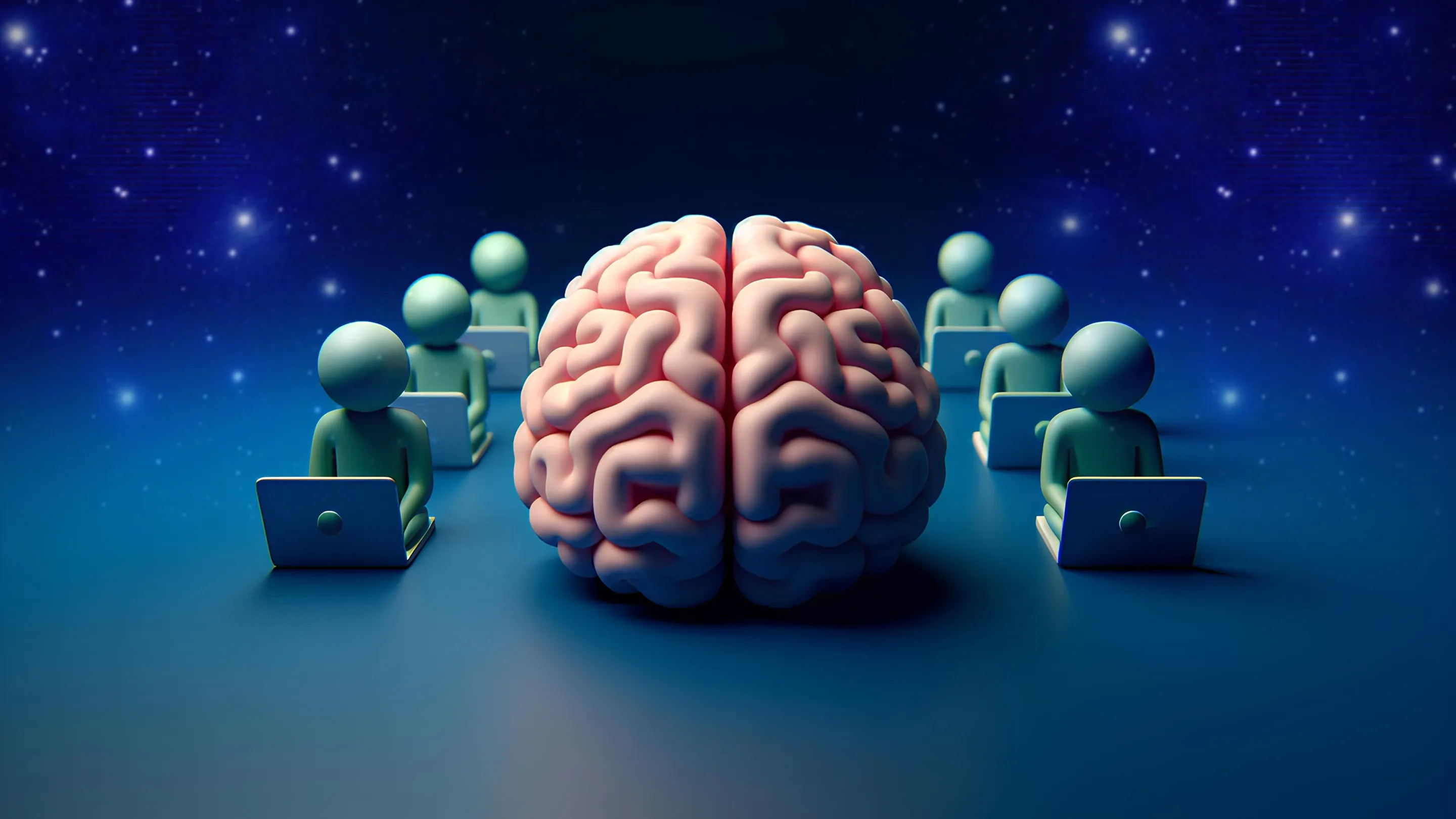
As AI and blockchain technologies mature and converge, they raise questions that extend far beyond technical feasibility. How do we ensure fairness in AI decision-making? Who owns the data driving these systems? How do immutable ledgers coexist with privacy laws like the GDPR? In this final article of our four-part series, we explore the ethical, legal, and societal dimensions of AI-blockchain integration—and why responsible innovation is crucial for sustainable adoption.
Section 1: Ethical Concerns in AI and Blockchain Convergence
1.1 Bias and Fairness in AI Systems
AI models are vulnerable to biases embedded in training data. When these systems are deployed in healthcare, hiring, or justice, the consequences of biased predictions can be severe.
Blockchain as a Transparency Tool:
Limitations:
1.2 Accountability and Trust
Blockchain’s immutability and AI’s complexity can make assigning responsibility difficult when things go wrong.
Proposed Measures:
2.1 Who Controls the Data?
AI models are trained on vast datasets—often sourced from users who may not fully understand where or how their data is used.
Blockchain’s Contribution:
Examples:
2.2 Federated Data Governance
Blockchain and federated learning enable decentralized data use without compromising privacy.

3.1 Compliance with Privacy Regulations
AI-blockchain applications must navigate a patchwork of laws:
Emerging Solutions:
3.2 Global Standardization Efforts
Organizations like IEEE, ISO, and OECD are working on ethics frameworks for both AI and blockchain.
These efforts are essential to harmonize practices across jurisdictions and foster cross-border adoption.
4.1 Decentralized Autonomous Governance
Decentralized Autonomous Organizations (DAOs) powered by AI could manage community-driven networks.
Risks:
4.2 Sustainability and AI-Blockchain Infrastructure
The environmental impact of both AI training and blockchain consensus mechanisms (e.g., PoW) is under scrutiny.
Sustainable Innovations:
As we've seen throughout this series, the convergence of AI and blockchain offers transformative potential. But with great power comes great responsibility. The true success of these technologies will be measured not just by their technical achievements but by the social, ethical, and environmental frameworks that guide their use.
By embracing transparency, fairness, user control, and sustainability from the design stage, innovators can create systems that serve the many—not just the few. Whether you're a developer, policymaker, investor, or end user, your role in shaping this future is critical.
This concludes our four-part series on AI and blockchain integration. We’ve journeyed from foundational concepts to real-world applications, technical challenges, and now the ethical and regulatory dimensions that will define this space for years to come.
Thank you for reading. Stay curious, stay responsible—and stay ahead.
